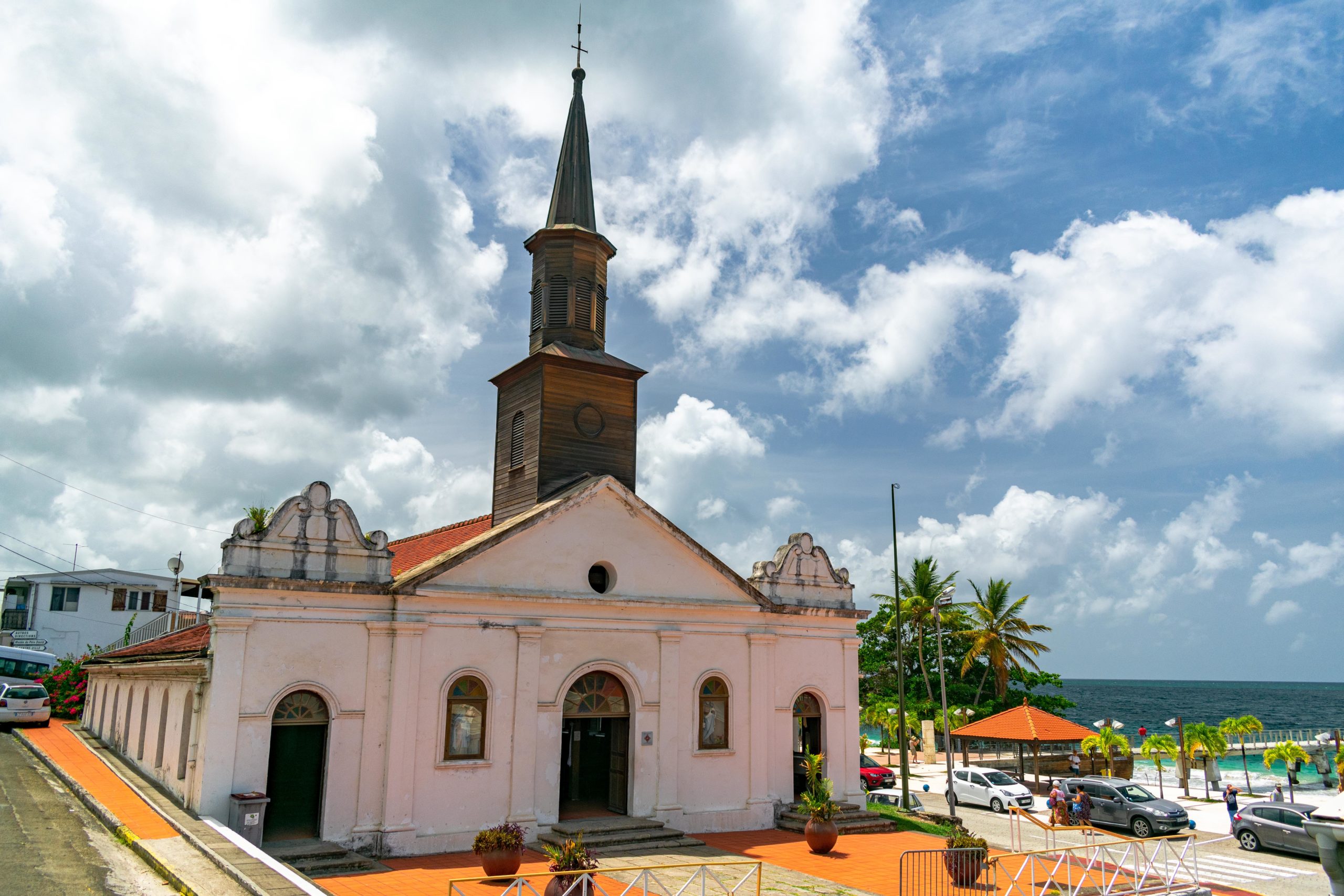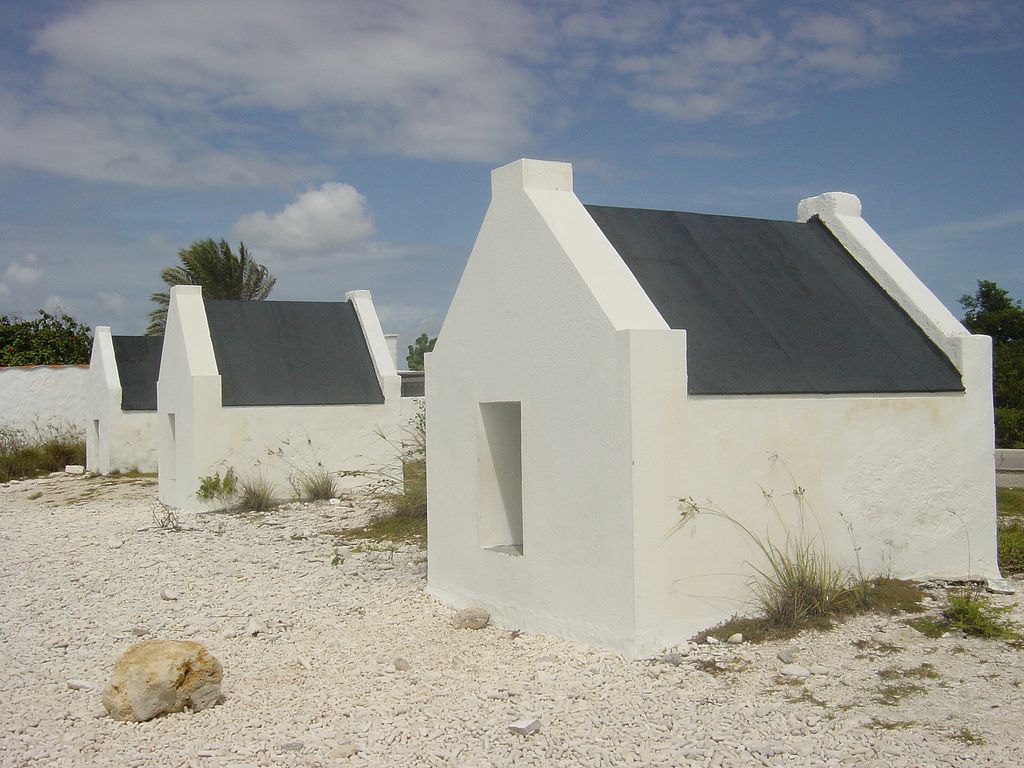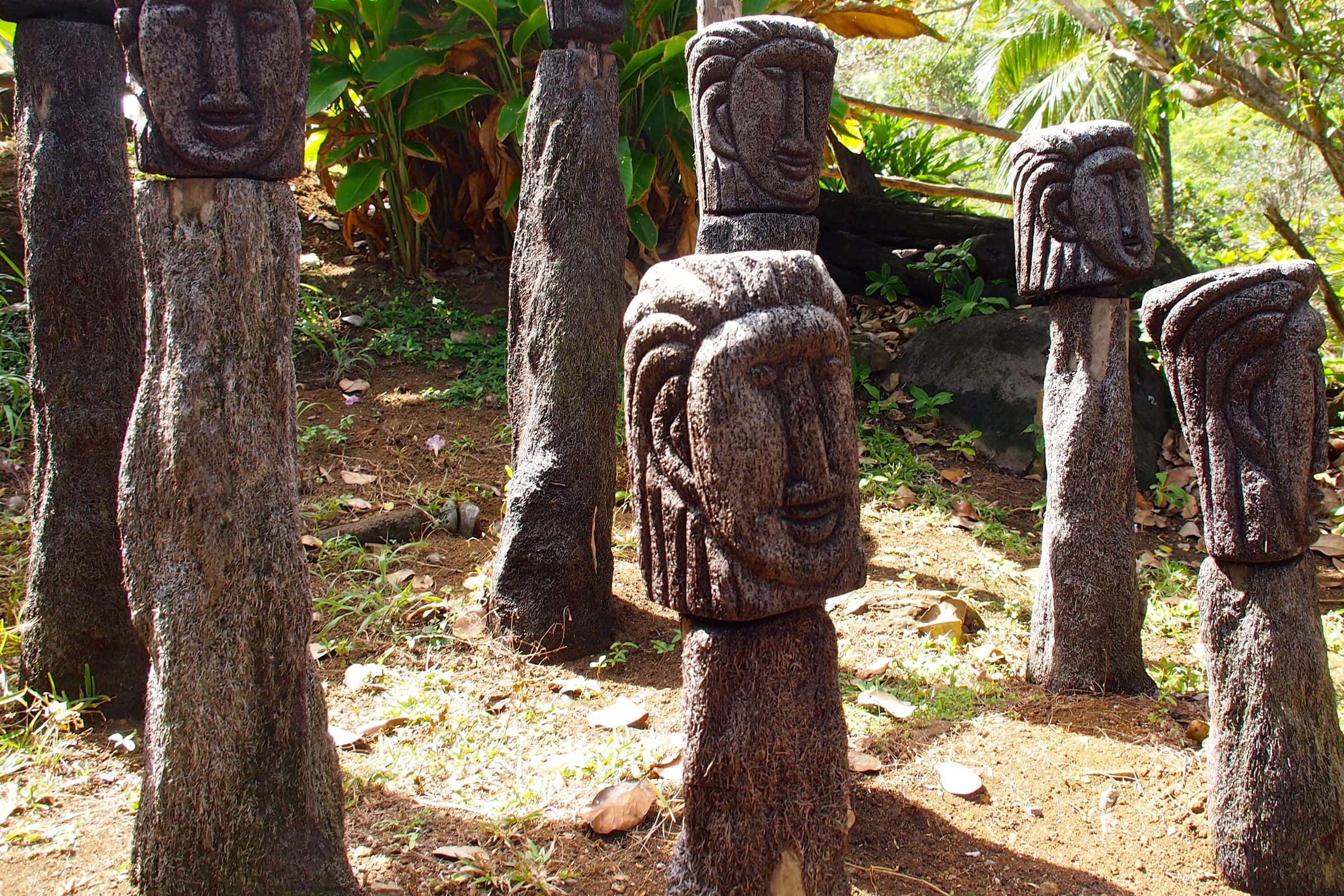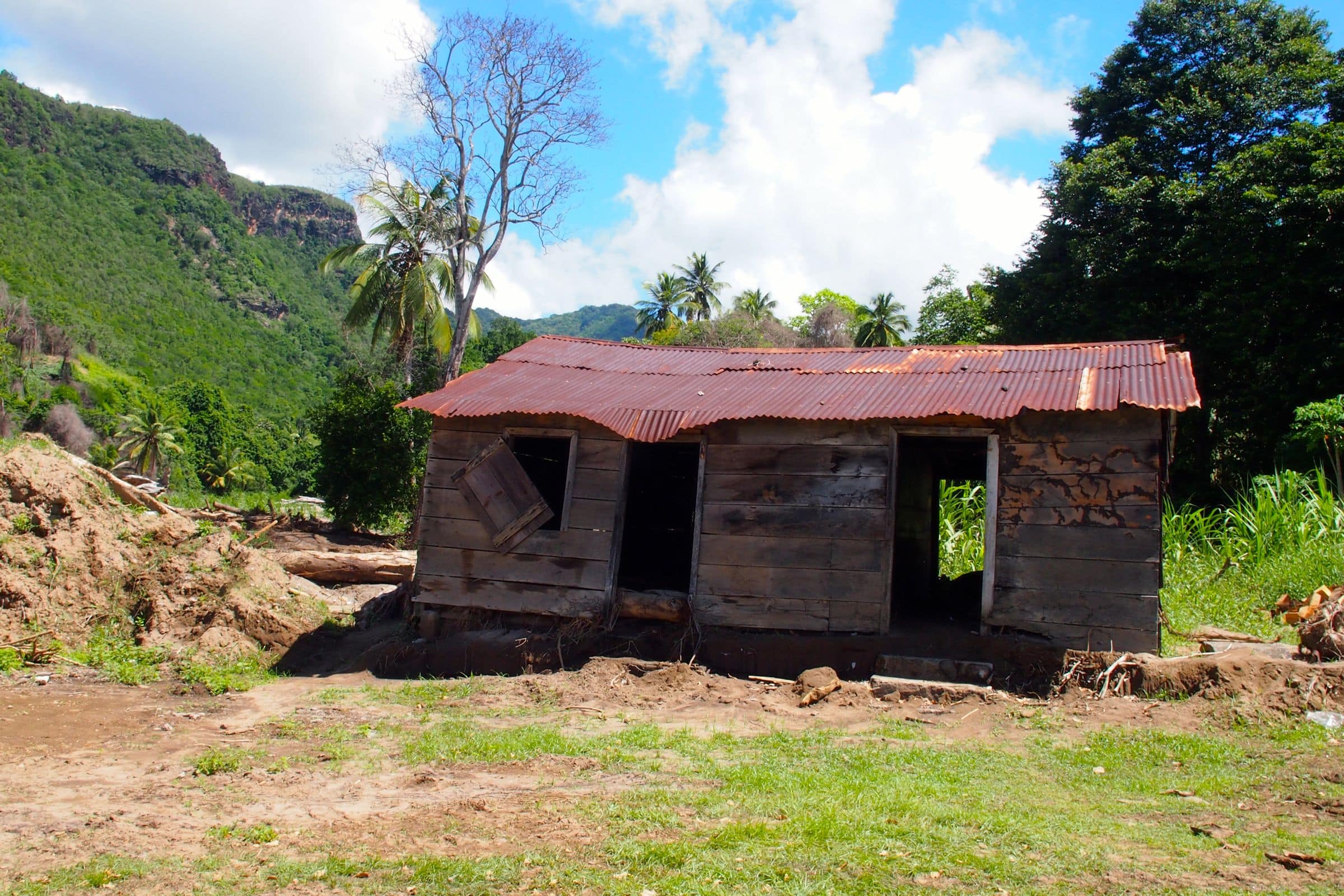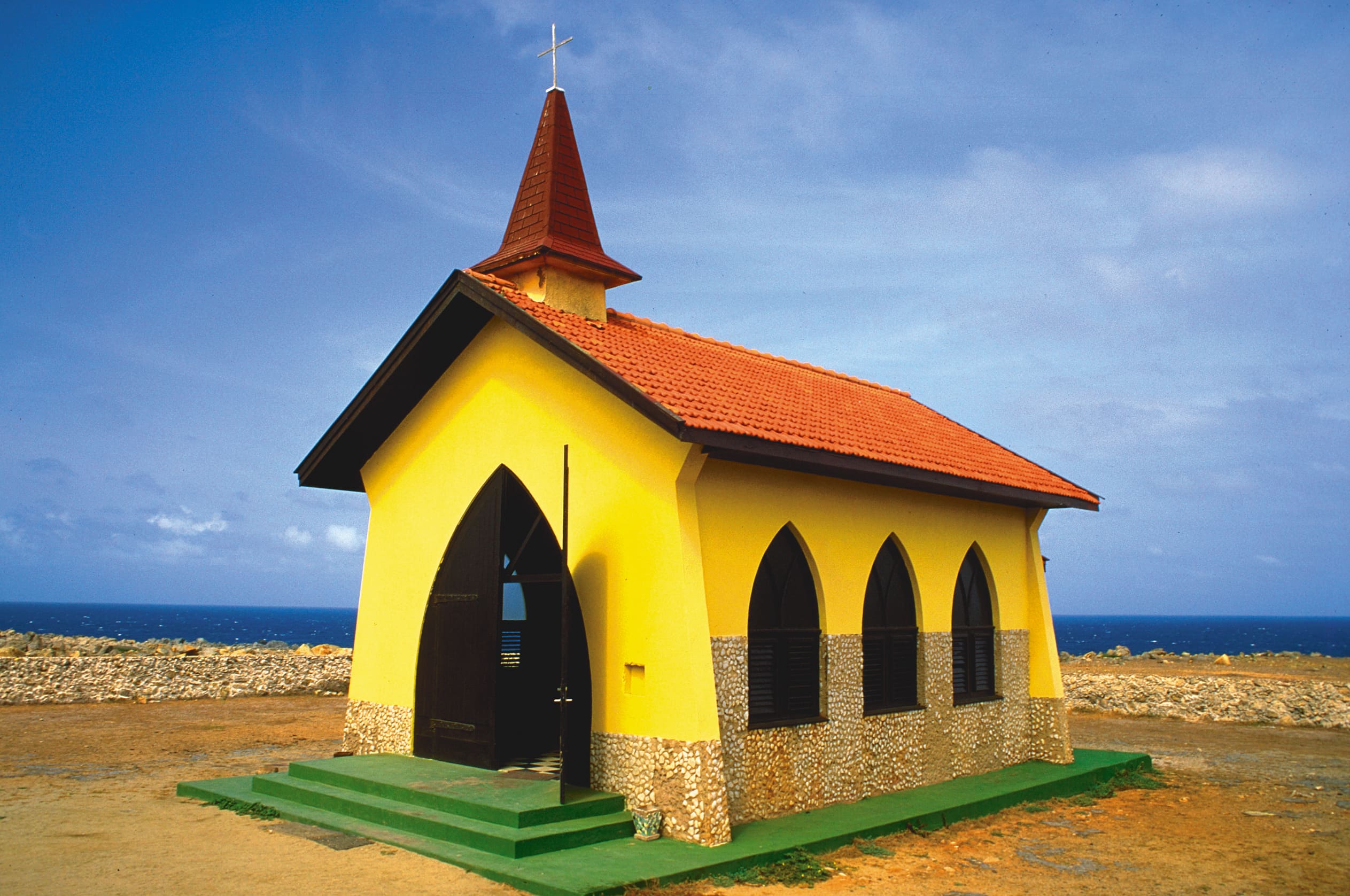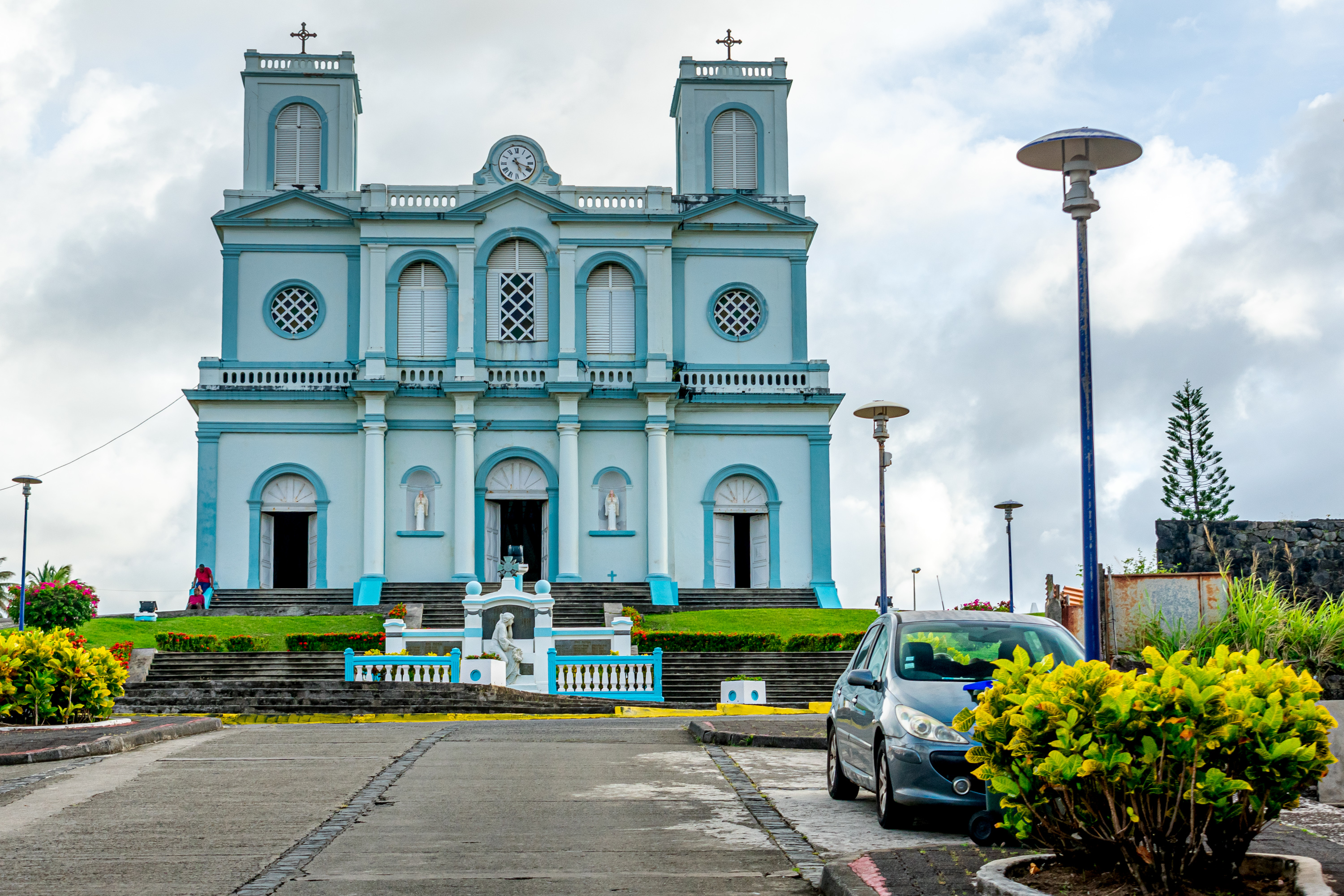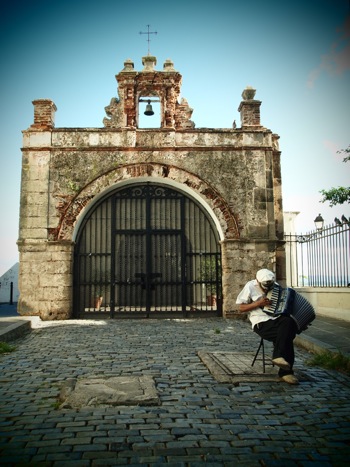Église Saint-Thomas du Diamant – Uncommon Attraction
The stains of slavery mar the foundations of many notable structures in the Americas. The White House, The Smithsonian, and the U.S. Capitol in Washington. Trinity Church in Manhattan, Harvard Law School, even the so-called “cradle of liberty” – Boston’s famed Faneuil Hall. These landmarks (and many more) were all constructed using slave labor, or financed in part or in whole by the selling of slaves. This dark legacy, and the contradictions it raises, extends to the Caribbean as well. Even to small hamlets like Le Diamant in Martinique, and le Église Saint-Thomas du Diamant.
This picture-perfect church rests in the center of Le Diamant, just a few strides from the sea. Like most every other house of worship we’ve profiled over the years, this church has endured its fair share of tragedies over the centuries.
Le Église Saint-Thomas du Diamant History
The history of le Église Saint-Thomas du Diamant dates all the way back to 1684. That’s when Le Diamant became its own parish, separate and distinct from nearby Anse-d’Arlet. The new designation meant Le Diamant would get its own church. The structure pictured above, though, was not it.

That humble initial church didn’t even have a bell tower. It was just a simple rectangular building. The bells were set on poles outside the structure; a far cry from the Église Saint-Thomas of today.
Hurricane of 1766
A massive hurricane in 1766 wiped the earliest version of Le Diamant’s St. Thomas Church away. Undaunted, though, parishioners rebuilt on the same spot some 12 years later. This time the structure was more grand, at least in the sense that it had its own bell tower.
Mother Nature, though, remained unimpressed.
Hurricane of 1817
Another devastating hurricane ravaged Martinique in 1817, destroying le Église Saint-Thomas du Diamant once again. It would be another 12 years (again) before the latest, and still surviving, version of the chapel would re-open.
Unlike the previous reconstruction effort, though, this second one was fraught with financial struggles.
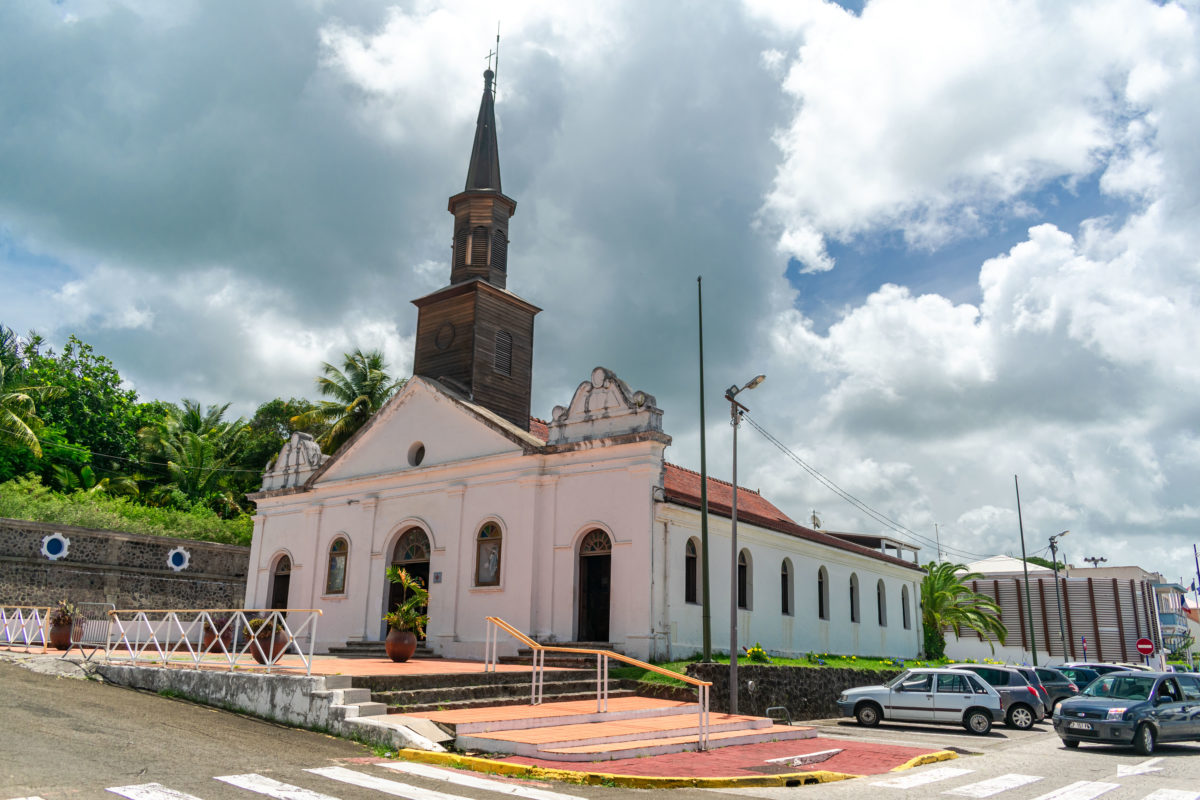
Political in-fighting and disagreement between the Church and wealthy local landowners over who should fit the largest share of the construction bill continually delayed the project. Eventually, an agreement is reached. This is where the African slaves come in…
Slavery Secret of Le Église Saint-Thomas du Diamant
To cover the cost of constructing le Église Saint-Thomas du Diamant, local government leaders increased taxes proportional to the number of slaves owned by the citizens of Le Diamant. The more slaves you owned, the higher tax you paid.
A slightly smaller version of le Église Saint-Thomas du Diamant opened its doors the day after Christmas, 1829. Subsequent years would see the church expanded and continually spruced up, though the facade remained roughly the same. In December 1979, the Saint Thomas Church was designated as a historical monument.
Countless blessings have been doled out here, of course.
Here’s hoping a few were reserved for those whose lives in bondage contributed to the church’s construction.
